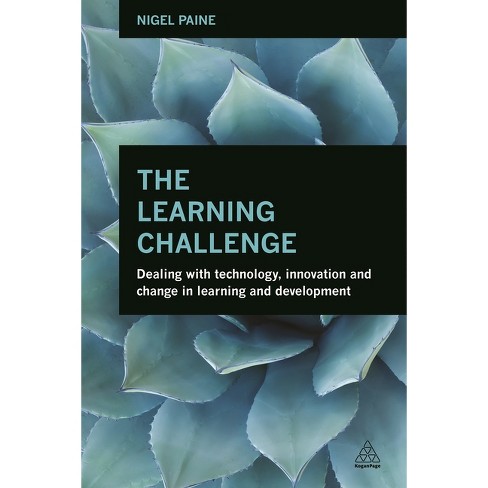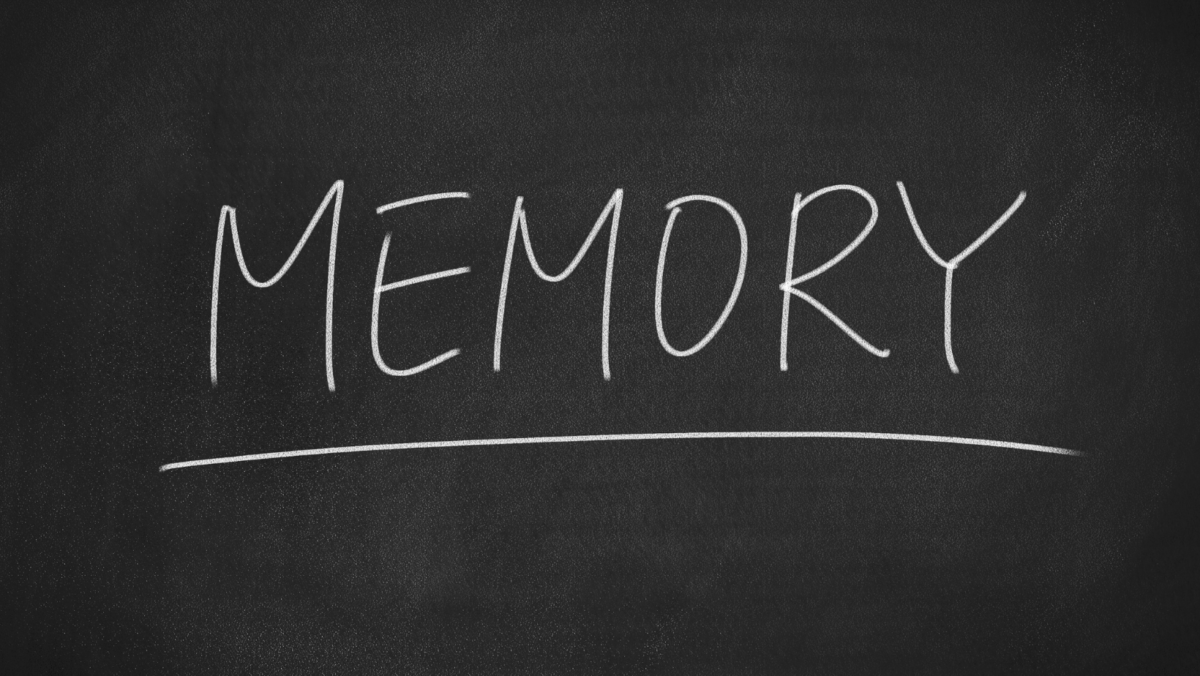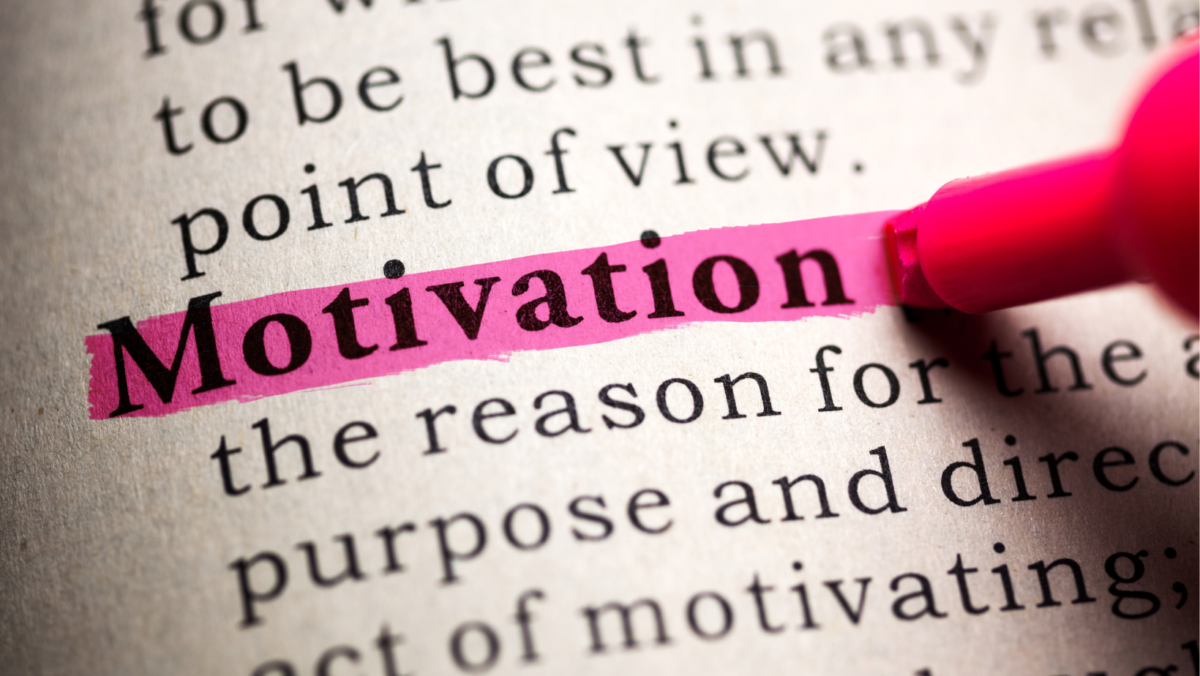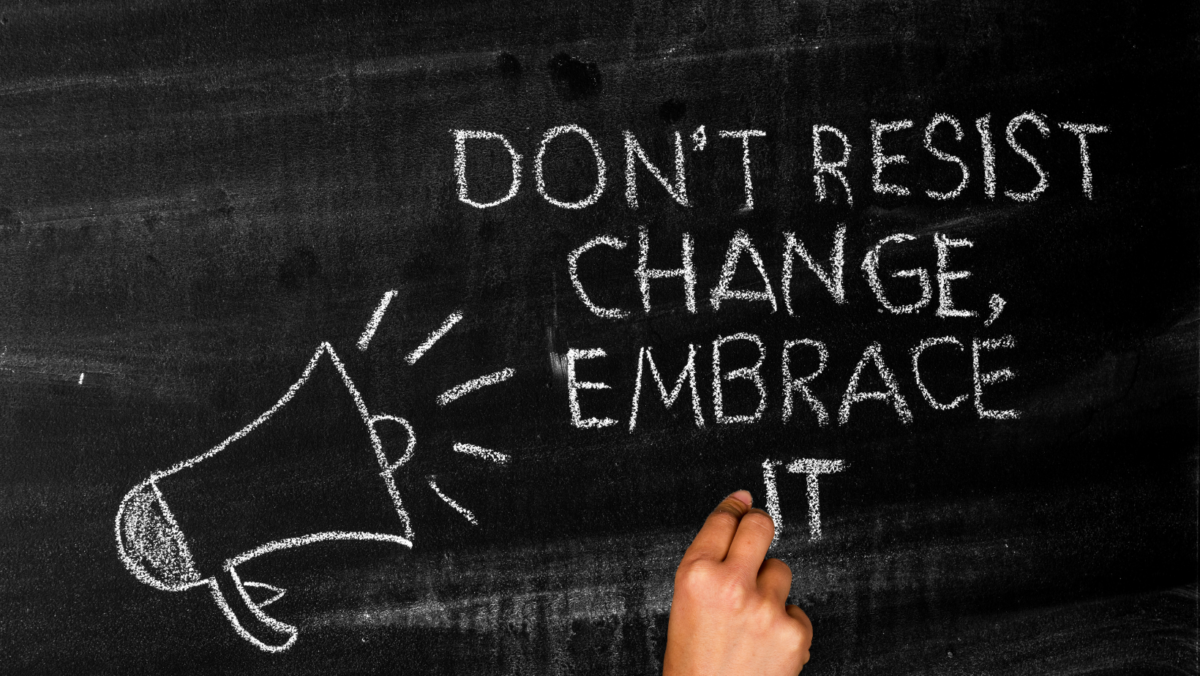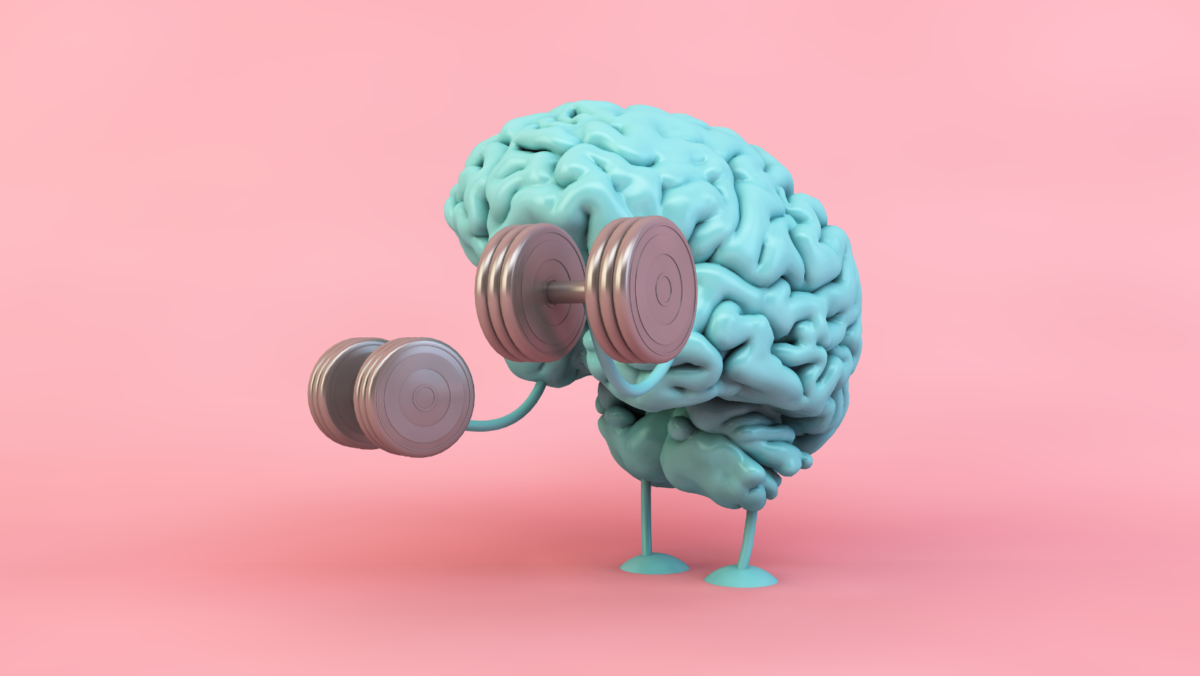“It takes 21 days to change a habit!”
How many times have we all heard this?
Jeremy Dean (Making Habits, Breaking Habits: Why We Do Things, Why We Don’t, and How to Make Any Change Stick) has collated research around habit change, and found that it takes on average 66 days (not 21 days!) to change a habit, with people often taking beyond 230 days of repetition to change habits long-term!
As discussed in the ‘REPETITION’ step of the 7 steps to learning a few weeks ago, we know that the brain forms a model of the brain connections that contribute to a good try. Repetition strengthens the connections between neurons engaged at the same time. Additionally, we know from the ‘MEMORY’ step, that the more we can create meaningful, emotional and elaborated opportunities to practice the more likely long-term learning is to occur i.e. emotional connections create more permanent memories.
Be it 18, 21, 65 or 265 days it takes to create change, let’s call a spade a spade…it is difficult to commit to practicing in order to embed change! Not only must the brain receive feedback on good versus bad tries. We NEED feedback from others on good versus bad tries…we need feedback and support to know it’s working! FEEDBACK on performance and acknowledgement from others encourages us to repeat.
It’s about recognising what needs to change, then doing it repetitively, and getting feedback, especially with a focus on how improvement is being noticed by others. We all like to be told we are doing a good job! Constant monitoring of progress by oneself, one’s peers and one’s superiors is tantamount to long lasting change.
In my experience, most people in management positions just don’t have or prioritise putting the time in to do this. People remember how they feel. If you make them feel good for attempting to make changes, they are much more likely to succeed. People must see results – one of the jobs of a manager should be to support and coach.
We need to be reminded that it is working, even when we ‘fall of the wagon’. We must track behaviours, and get feedback on how that behaviour is being noticed by others and how it is impacting on others.
It is important therefore, to work with people over a period of time. If that means writing reminders to check in with your colleagues on the change they are looking to make, do it…you might be still checking in with them on that change they were looking to make in 6 months time, but accountability and repetitiveness lead to new habit forming. It may take 21 days, it may take many many more. But imagine the difference it will make!
Thank you for reading. We’d love your Feedback. Leave a comment or share on your social pages.


